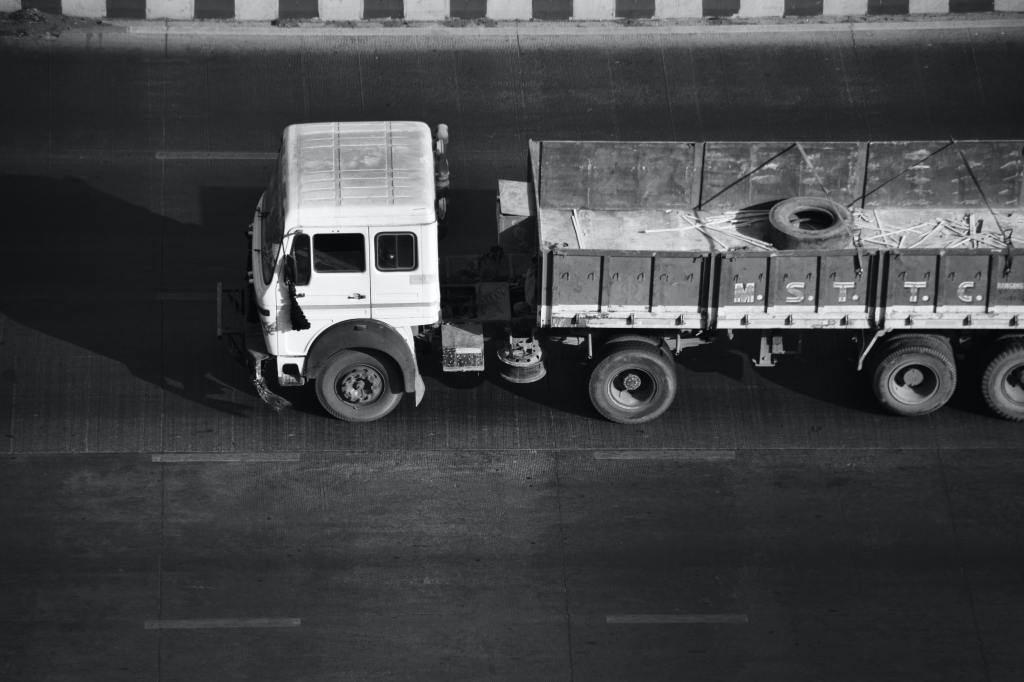
The negotiations to finalise the tariff schedules and rules of origin (RoO) of the African Continental Free Trade Area (AfCFTA) are taking place during the last two weeks of January 2022. Senior Trade Officials (STOs) and the AfCFTA Council of Ministers (COM) will then meet to confirm the results or to decide the outstanding issues. Once the State Parties have agreed on the content of these important Annexes to the AfCFTA Protocol on Trade in Goods, they must be adopted. This is the responsibility of the African Union (AU) Assembly.[1]
Trade in goods under AfCFTA preferences can then begin among the State Parties presently trading with each other under most-favoured-nation (MFN) rates. (Non-State Parties will first have to accede to the AfCFTA Agreement in terms of Article 23 of the AfCFTA Agreement.)
Those State Parties that are members of Regional Economic Community (REC) Free Trade Areas (FTAs), Customs Unions (CUs) and other trade arrangements will continue to trade under existing preferential arrangements.
Article 19(2) AfCFTA Agreement provides that
“… State Parties that are members of other regional economic communities, regional trading arrangements and custom unions, which have attained among themselves higher levels of regional integration than under this Agreement, shall maintain such higher levels among themselves”.
Article 8(2) of the Protocol on Trade in Goods adds the following:
“… State Parties that are members of other RECs, which have attained among themselves higher levels of elimination of customs duties and trade barriers than those provided for in this Protocol, shall maintain, and where possible improve upon, those higher levels of trade liberalisation among themselves”.
However, there is also the practical requirement that the AfCFTA regime must be “customs ready”. It means that the tariff books of individual State Parties and of CUs such as the Southern African Customs Union (SACU), and presumably the East African Community (EAC) and the Economic Community of West African States (ECOWAS), need to be updated. AfCFTA columns will have to be added to these tariff books in order to ensure the new preferences will be enjoyed when customs officials and border control agencies clear goods under this new trade arrangement.
The updating of a tariff book normally happens through national legislative procedures such as the promulgation of a Government Gazette. Customs and other border officials can only act in terms of domestic legal instruments granting them the necessary powers. Trade agreements are not self-executing.[2]
The importation and exportation of goods entail detail procedures involving customs clearance. Customs clearance is the procedure of procuring permission, through its customs authority, to either take goods out of its territory (export) or have goods enter its territory (import). Failure to provide the correct paperwork will mean that goods cannot clear customs and enter the market of the country of destination.
The customs authority of a country is the administrative agency responsible for collecting tariffs and for controlling the flow of goods into and out of a country. Depending on local legislation and regulations, the import or export of some goods may be restricted or forbidden, and the customs agency enforces these rules. The customs authority is different from the immigration authority, which monitors persons who leave or enter the country, checking for appropriate documentation, apprehending people wanted by international arrest warrants, and impeding the entry of others deemed dangerous to the country. A customs duty is a tariff or tax on the importation or exportation of goods.
The approach taken by the World Customs Organisation (WCO) is to improve the security of borders, without unduly hindering legitimate international trade. The WCO initiative focusses on the entire international trade supply chain, rather than restricting customs’ interest to that aspect of the international trade transaction, when goods move across a border. The basic principle underpinning its work is to create an international mechanism for Customs Administrations to gain access to relevant information relating to international trade well in advance, for the purposes of risk management and risk assessment.[3]
The AfCFTA is a free trade agreement (FTA). This is an agreement between States that removes tariffs and other restrictions on goods which are traded between the State Parties, according to the applicable RoO. The main difference between a customs union and a free trade agreement is that even where zero (or reduced) tariffs are part of an FTA, extra bureaucracy is needed to take advantage of those tariffs. Exporting under an FTA means companies have to comply with a complex set of rules (known as preferential rules of origin) to prove that goods only come from countries who have signed up to the FTA and that such goods have been produced or manufactured in accordance with the applicable RoO. For a customs union, once the common external tariff has been paid for a product then it is in “free circulation”. Traders only have to prove the common external tariff has been paid on goods or parts they have used. This is easier to demonstrate than proving the origin of imported goods.
Source: Authored by Gerhard Erasmus, TRALAC, 24 Jan 2022
[1] Art 22 AfCFTA Agreement.
[2] Constitutional systems based on monism, may provide otherwise but will have other requirements to ensure that the executive branch of government respects the powers of the legislature.
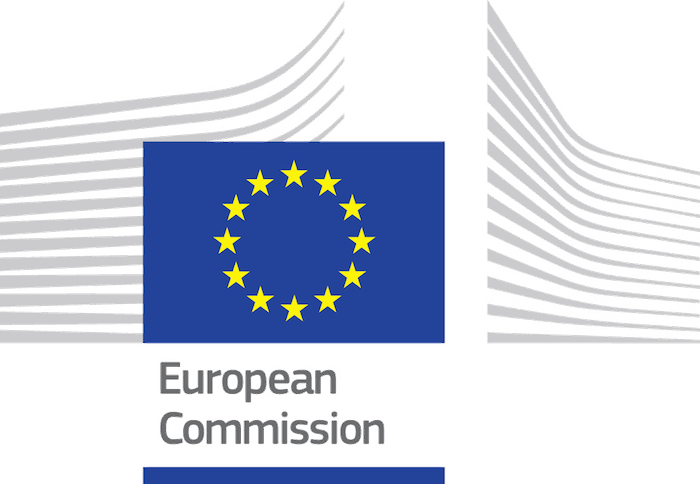

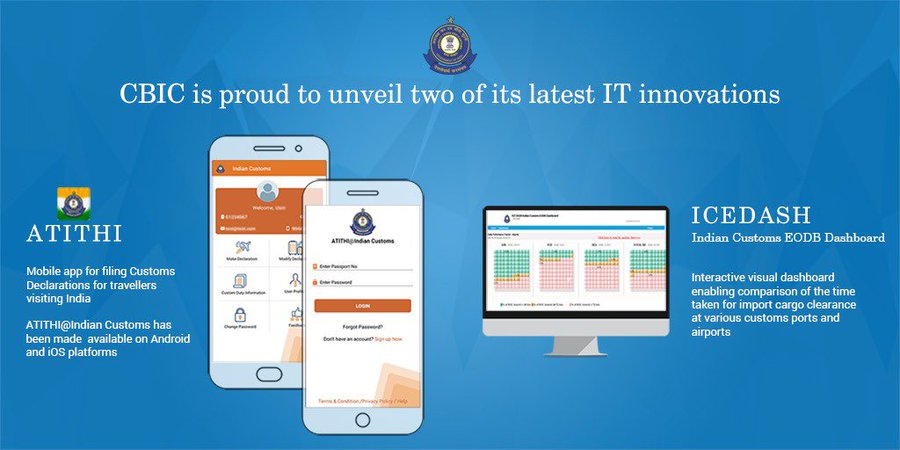

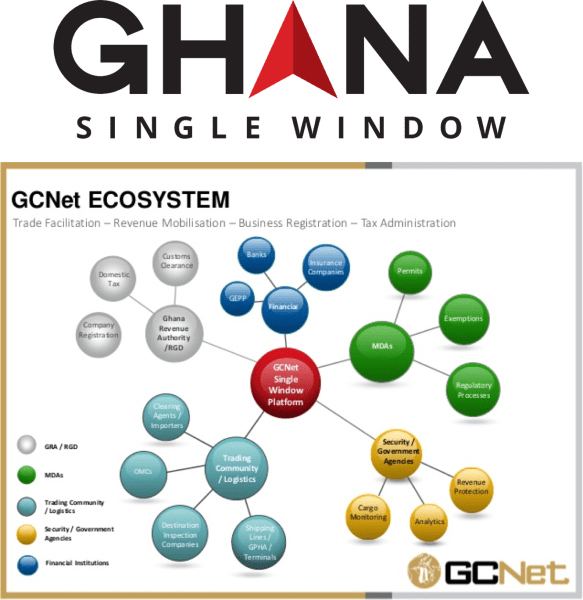
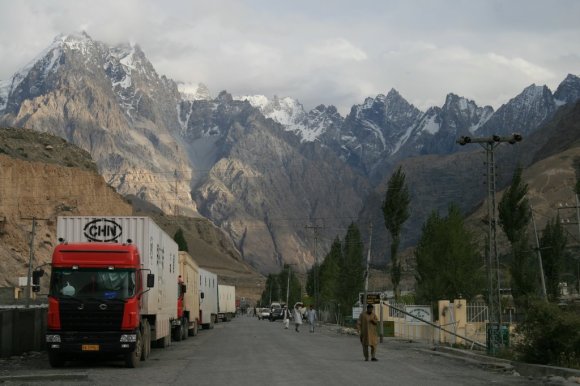 Pakistan Customs’ experts are in China to make further progress on the establishment of direct Electronic Data Interchange (EDI) with the trusted and neighbouring country to reduce the incidences of revenue losses.
Pakistan Customs’ experts are in China to make further progress on the establishment of direct Electronic Data Interchange (EDI) with the trusted and neighbouring country to reduce the incidences of revenue losses.
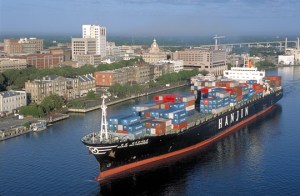


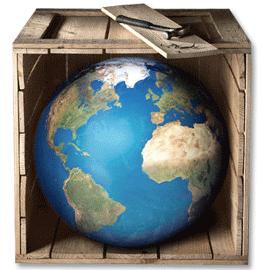


You must be logged in to post a comment.